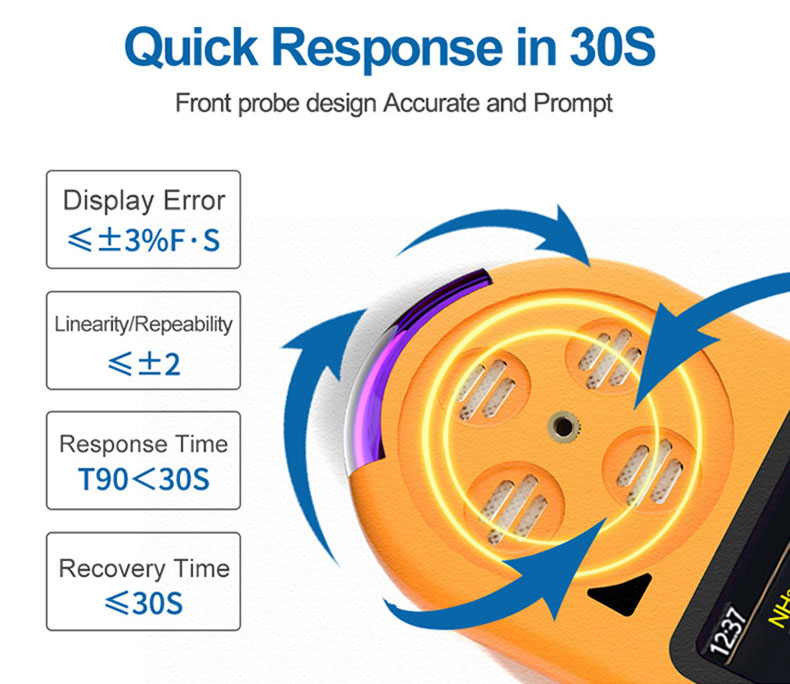In many industries, workers are exposed to a variety of hazardous gases that can pose serious risks to their health and safety. To mitigate these dangers, the use of multi-gas detector has become essential. This article explores the importance and benefits of multi-gas detectors in enhancing workplace safety in hazardous environments.
Understanding the Need for Multi-Gas Detector
Hazardous gases, such as carbon monoxide, hydrogen sulfide, combustible gases, and oxygen deficiency, can be present in various industrial settings, including manufacturing plants, oil refineries, and confined spaces. These gases are often invisible and odorless, making them difficult to detect without the aid of specialized equipment. Multi-gas detectors are designed to simultaneously monitor multiple gases, providing timely warnings and ensuring worker safety.
Simultaneous Gas Detection

Multi-gas detectors feature advanced sensors capable of detecting and measuring multiple gases simultaneously. By utilizing different sensor technologies, such as electrochemical, catalytic, infrared, or photoionization detection, these detectors can accurately identify and monitor a range of hazardous gases. This simultaneous gas detection capability is crucial for comprehensive monitoring in complex environments where multiple gases may be present.
Real-Time Monitoring and Alarms

One of the key features of multi-gas detectors is their ability to provide real-time monitoring of gas concentrations. These detectors continuously measure gas levels and promptly alert workers if any gas exceeds pre-set safety thresholds. Visual and audible alarms signal the presence of hazardous conditions, allowing workers to take immediate action, evacuate if necessary, and initiate appropriate safety protocols.
Data Logging and Analysis
Multi-gas detectors often come equipped with data logging capabilities, enabling the collection and storage of gas concentration data over time. This information is valuable for analyzing trends, identifying potential risks, and conducting post-incident investigations. Data logging also aids in regulatory compliance by providing documented proof of adherence to safety protocols.
Versatility and Adaptability
Multi-gas detectors are designed to be versatile and adaptable to various work environments. They can be configured to monitor specific combinations of gases based on the industry’s requirements. Additionally, detectors may feature adjustable alarm thresholds, ensuring they align with specific workplace safety regulations. This versatility makes multi-gas detectors suitable for a wide range of applications, from industrial manufacturing to oil and gas exploration.
Calibration and Maintenance
To ensure accurate and reliable performance, multi-gas detectors require regular calibration and maintenance. This process involves checking and adjusting sensor response levels, verifying alarm functionality, and replacing consumable parts when necessary. Proper calibration ensures that the detectors provide precise gas concentration measurements and reliable alarms, enhancing workplace safety.
Conclusion
In hazardous environments, ensuring the safety of workers by detecting and monitoring hazardous gases is of paramount importance. Multi-gas detectors play a critical role in identifying these invisible threats and alerting workers in real-time. By offering simultaneous gas detection, real-time monitoring, data logging, as well as versatility and adaptability, these detectors enhance workplace safety protocols. Employers must prioritize the implementation of multi-gas detectors and provide proper training to workers on their usage and interpretation of alarms. Regular calibration and maintenance further ensure the reliability and accuracy of these devices. With multi-gas detectors as part of their safety equipment, workers can confidently carry out their tasks, knowing that potential gas hazards are being actively monitored and mitigated.